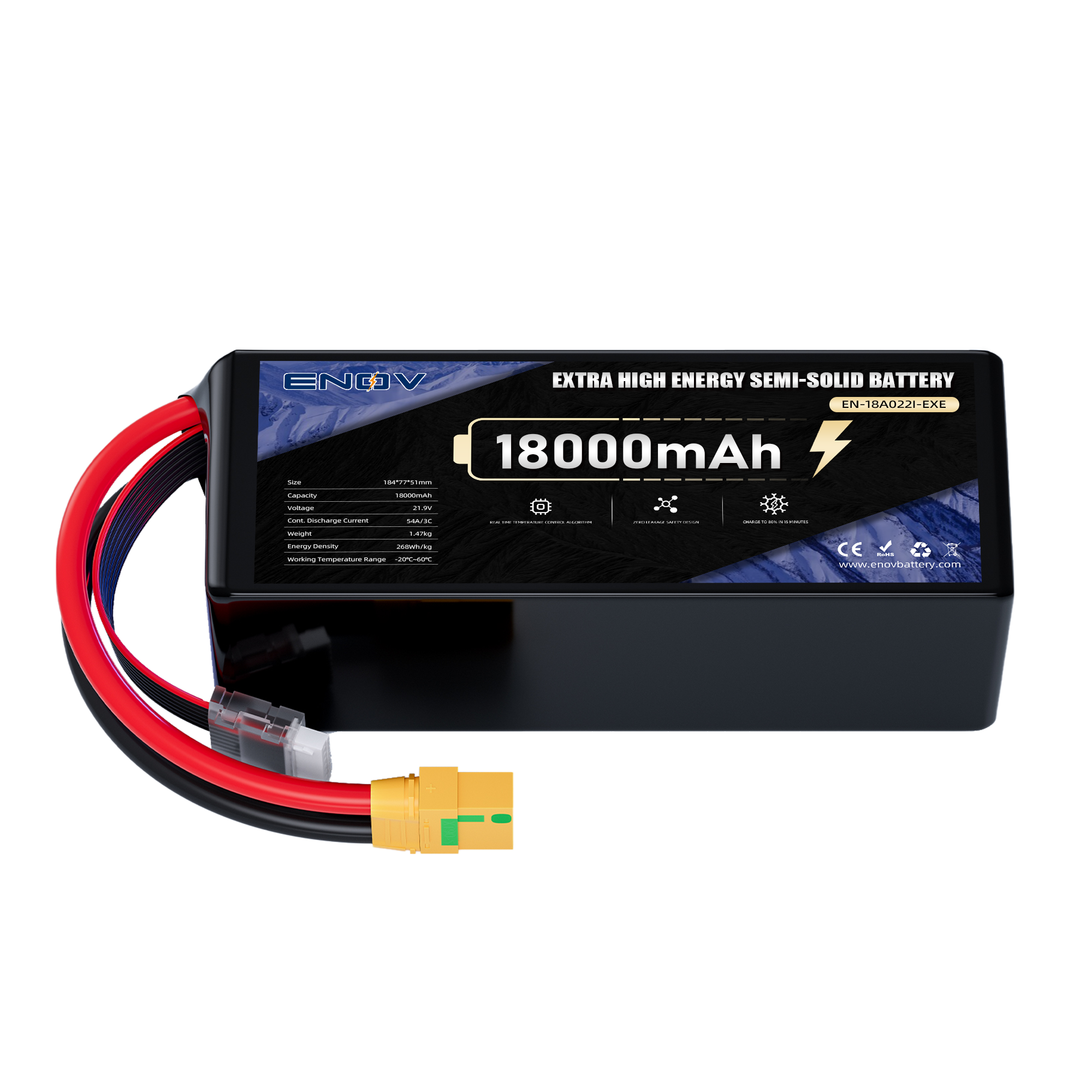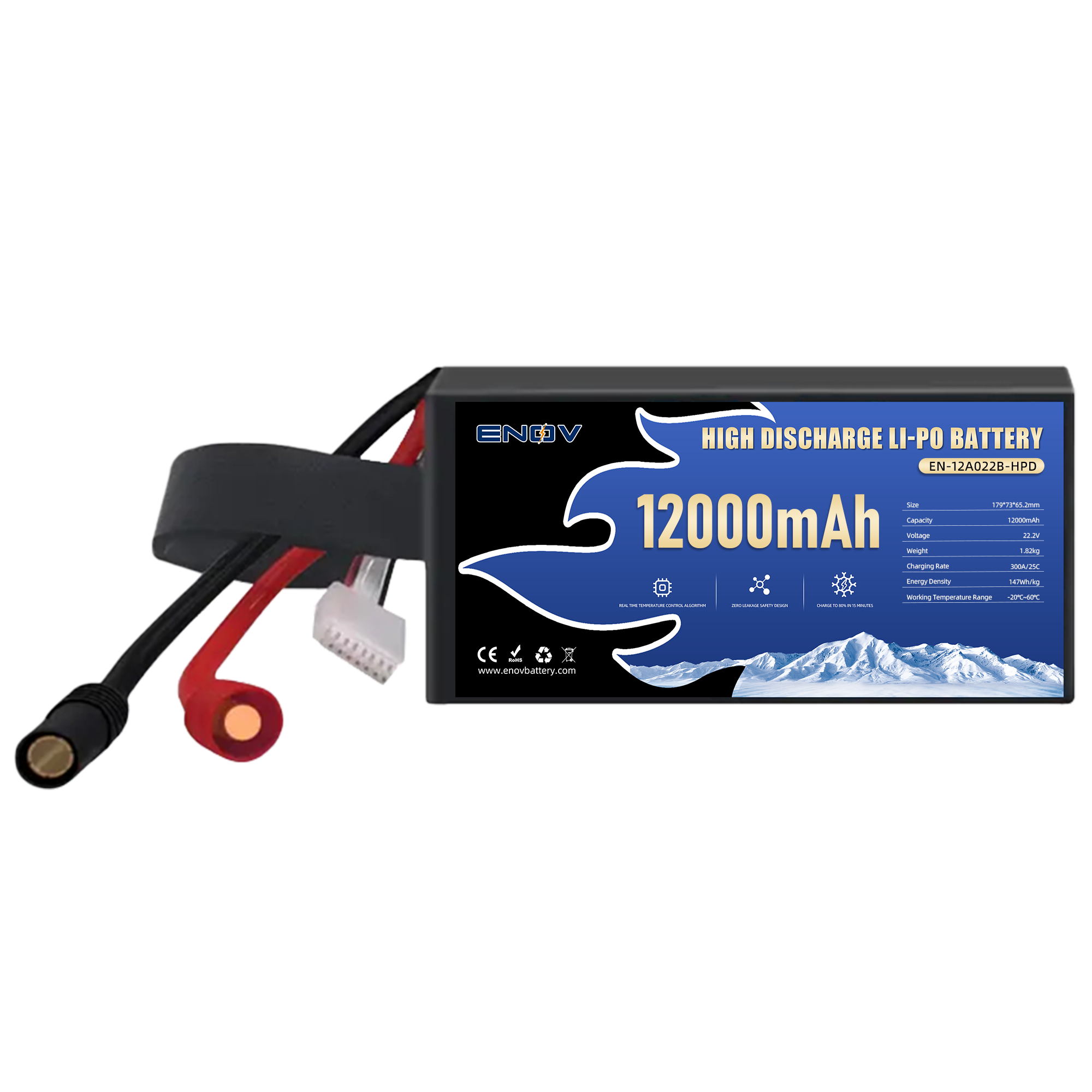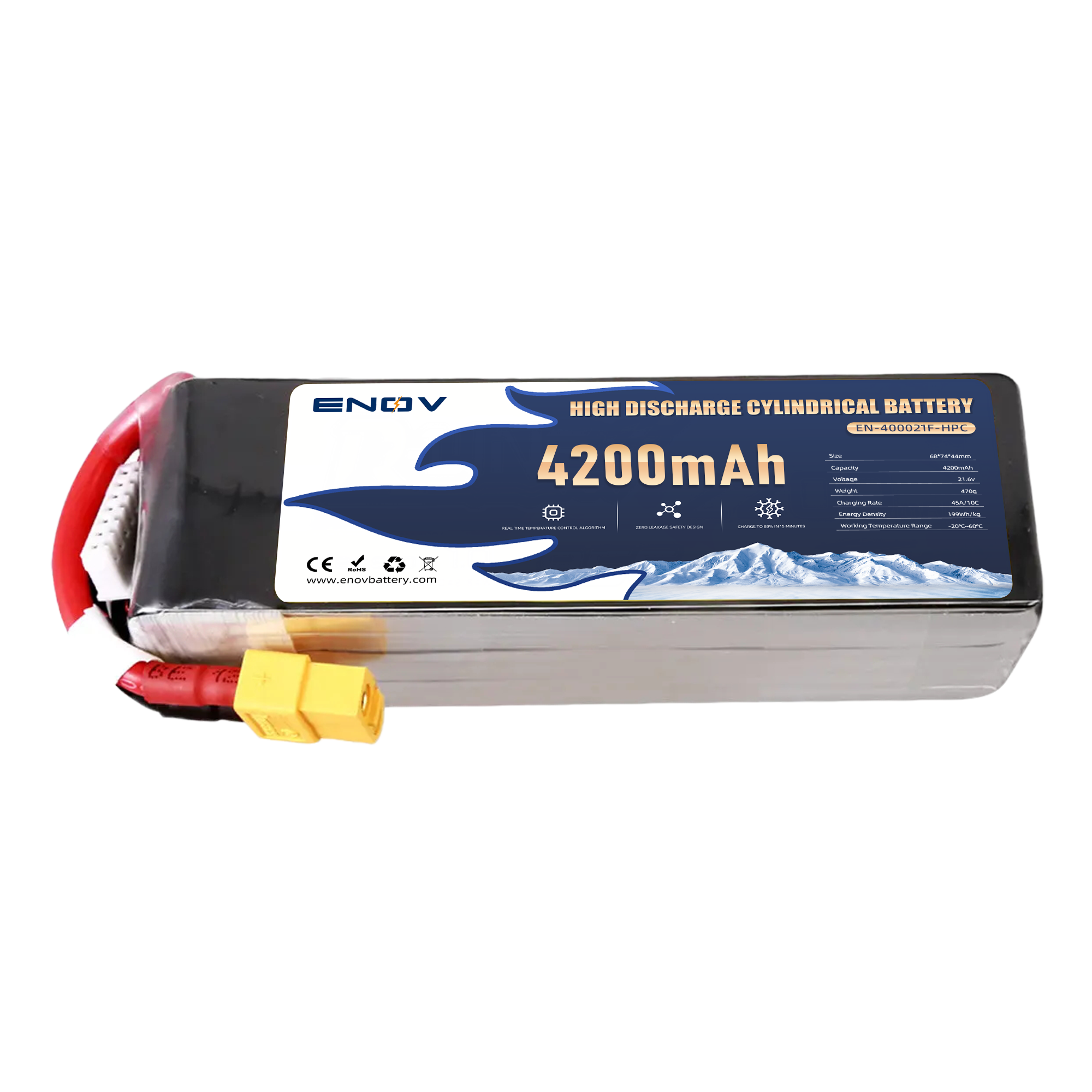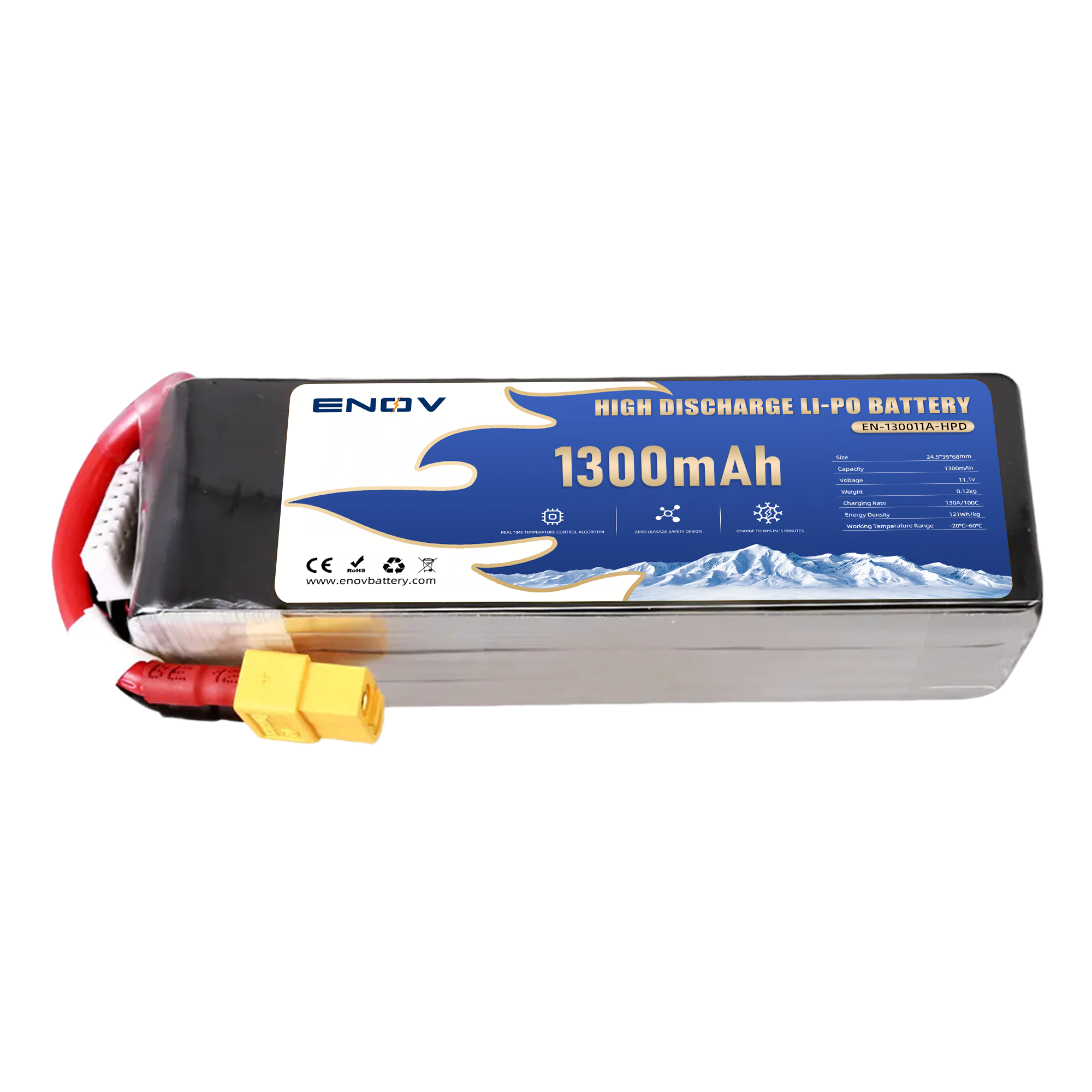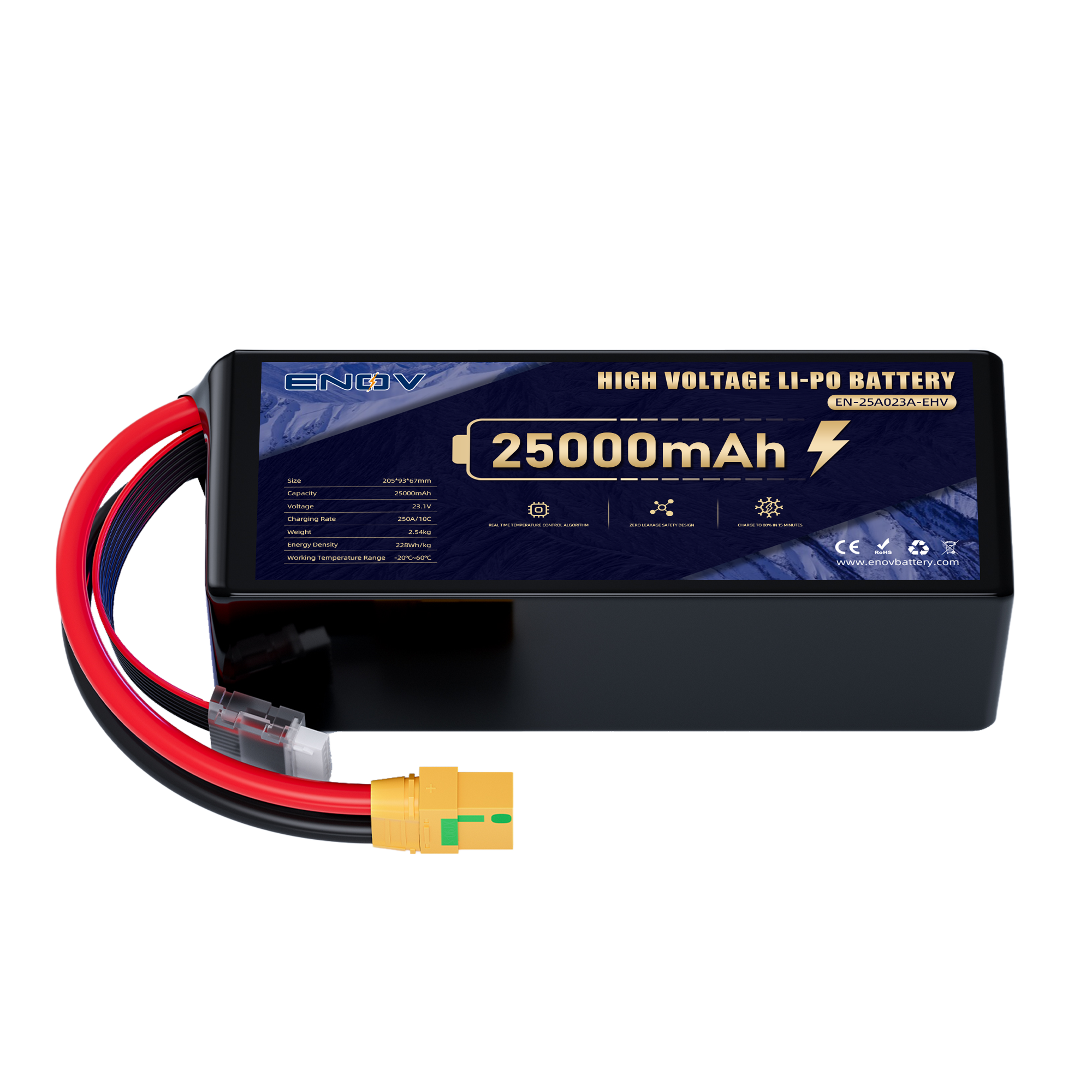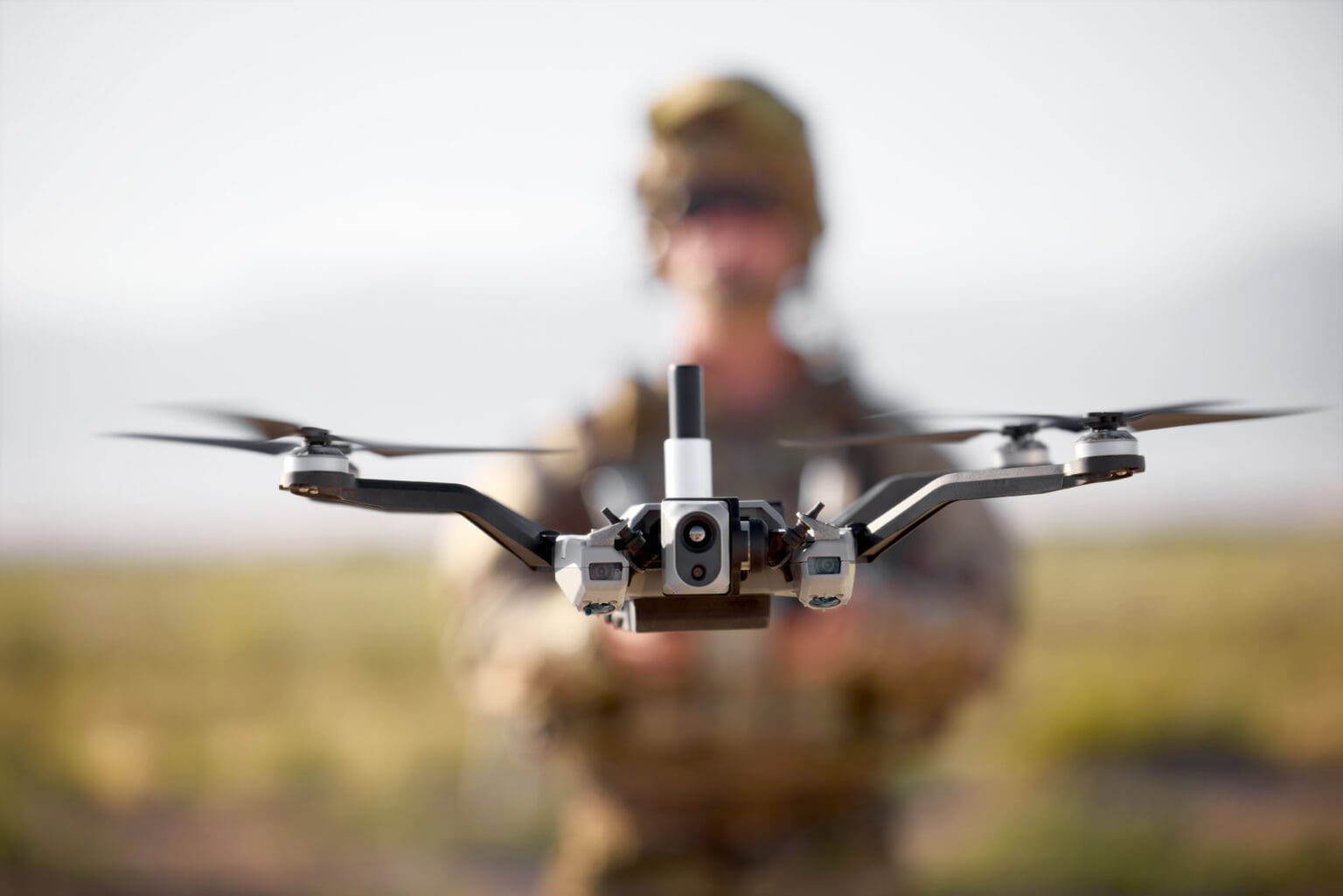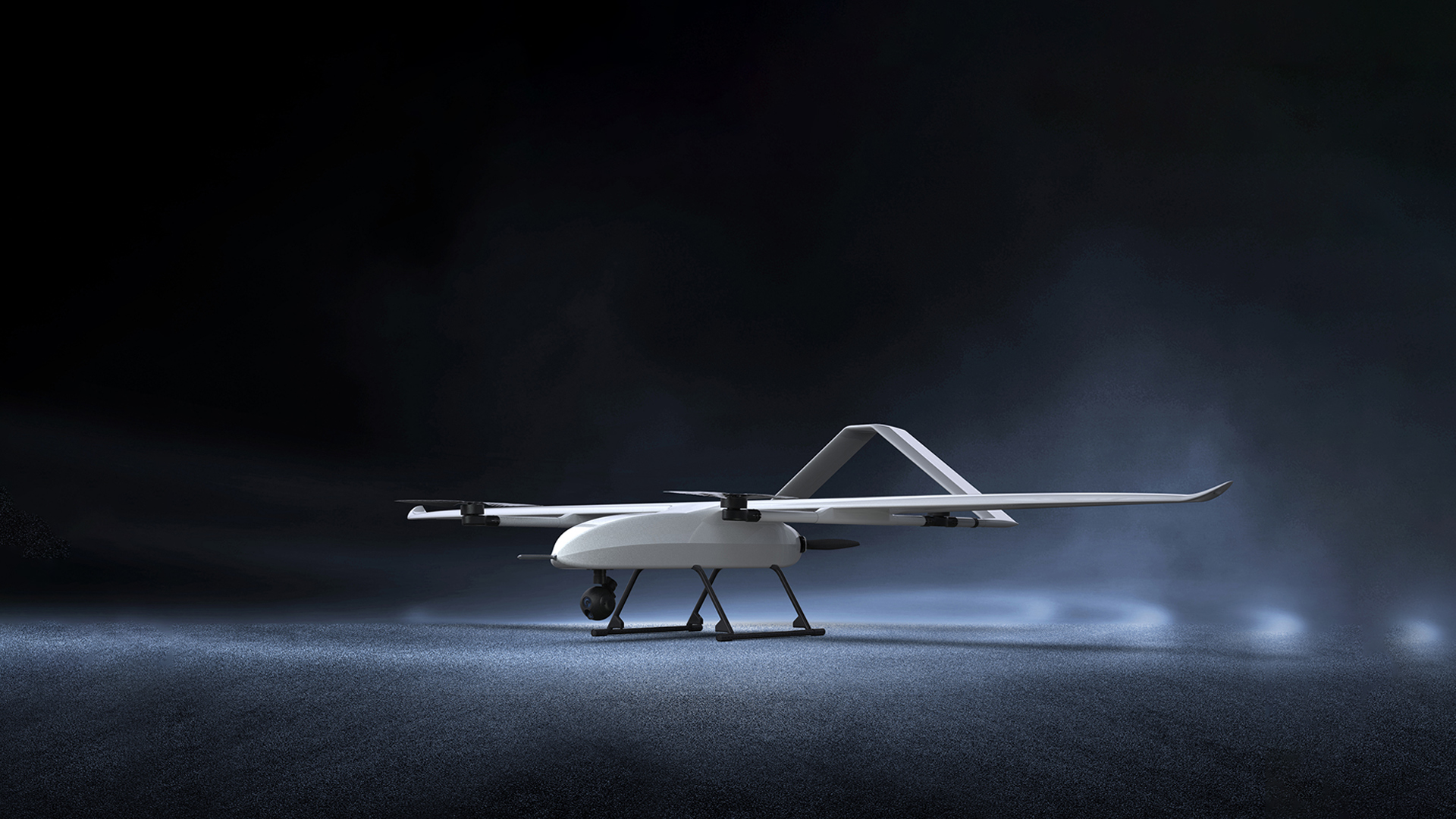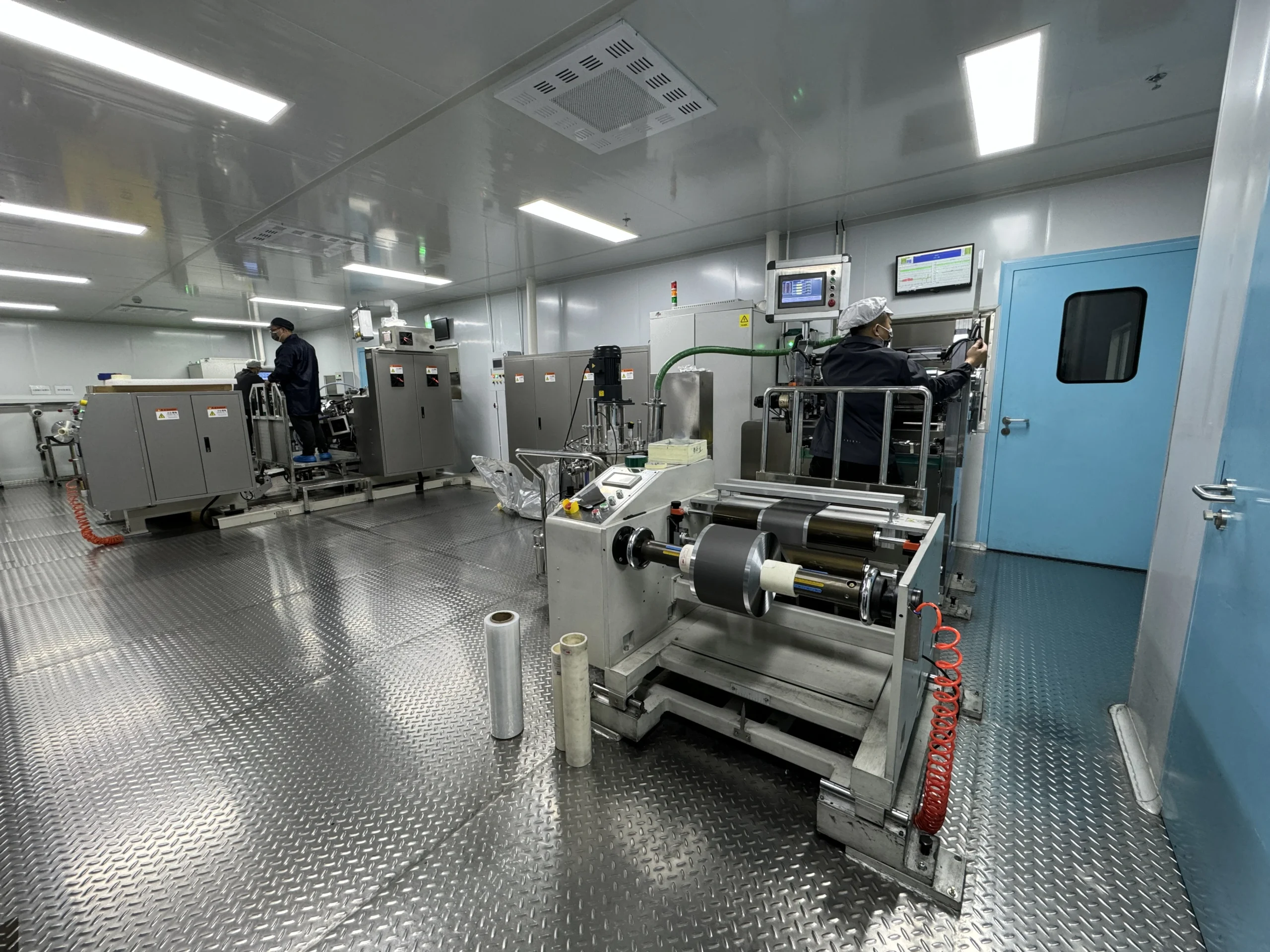Drone Battery Electrode Preparation:
Building the Foundation for High-Performance Energy Storage
Drone Battery Electrode Preparation: Building the Foundation for Reliable Power
Drone battery electrode preparation is the cornerstone of creating energy-dense, durable cells capable of meeting the rigorous demands of aerial applications.
High-performance drones require electrodes that deliver rapid charge/discharge cycles, thermal stability, and resistance to mechanical stress.
This article explores the drone battery electrode preparation process, detailing advanced techniques and material innovations that ensure seamless power delivery for vertical takeoffs, sustained flights, and heavy payloads.
thrust
The foundation of drone battery electrodes lies in selecting materials optimized for high-power output and longevity.
For instance, lithium cobalt oxide (LiCoO₂) remains popular for cathodes due to its high energy density, while graphite dominates anode designs for its stable lithium intercalation properties. However, next-generation drones increasingly adopt silicon-graphite composites or lithium iron phosphate (LiFePO₄) to enhance thermal resilience and cycle life under extreme loads .
Advanced binders, such as PVdF or PTFE, are critical for maintaining electrode integrity during rapid charging. Additionally, conductive additives like carbon nanotubes improve electron mobility, reducing internal resistance and heat generation—a key factor for drones operating in high-stress environments .
Creating a uniform electrode slurry is vital for consistent performance. First, active materials, binders, and solvents undergo hydrodynamic shear mixing or ultrasonic homogenization to eliminate agglomerations. Ultrasonic methods, for example, disperse carbon additives more efficiently, enhancing conductivity while minimizing energy consumption .
Furthermore, drone-specific formulations prioritize low-viscosity slurries to enable thin, even coatings. This ensures rapid ion transport during high-current discharges, such as vertical takeoffs, while preventing delamination or cracking under mechanical strain .
Coating the slurry onto current collectors demands precision to balance thickness and adhesion.
Notably, the slot-die method dominates drone battery production for its ability to apply micrometer-level coatings on copper or aluminum foils. Moreover, LG Energy Solution’s Double Layer Die (DLD) technology simultaneously coats both sides of the foil, slashing production time and enhancing binder dispersion .
Drying follows immediately to remove solvents without compromising structural integrity. Infrared or convective drying at controlled temperatures (100–130°C) ensures minimal residual moisture, which could otherwise degrade performance during high-power operations .
Post-drying, electrodes undergo calendering—a compression step that aligns particles and increases density.
This process not only improves energy density by reducing porosity but also enhances mechanical strength to withstand vibrations during drone flights. For instance, electrodes compressed to 2.5–3.5 g/cm³ achieve optimal balance between capacity and durability .
However, excessive pressure risks fracturing active materials, particularly silicon-based anodes. Advanced calendering systems now integrate real-time thickness monitoring to maintain uniformity across large-scale production batches .
Drone batteries undergo rigorous testing to validate electrode performance. After calendering, electrodes are inspected for defects like microcracks or uneven coatings using laser scanning or X-ray tomography. Subsequently, electrochemical tests simulate high-current discharges (e.g., 15C rates) to evaluate capacity retention and thermal behavior .
Finally, electrodes are aged under controlled temperatures to stabilize the solid-electrolyte interface (SEI) layer. This step minimizes gas formation and ensures long-term reliability—critical for drones used in logistics or emergency response .
Conclusion
From material innovation to precision engineering, drone battery electrode preparation directly impacts the efficiency and safety of modern aerial systems. By optimizing slurry homogeneity, coating accuracy, and mechanical resilience, manufacturers can meet the escalating demands of high-power drone applications.
As the industry advances, emerging technologies like dry-electrode processing and AI-driven quality control promise to further revolutionize this foundational stage of battery production.
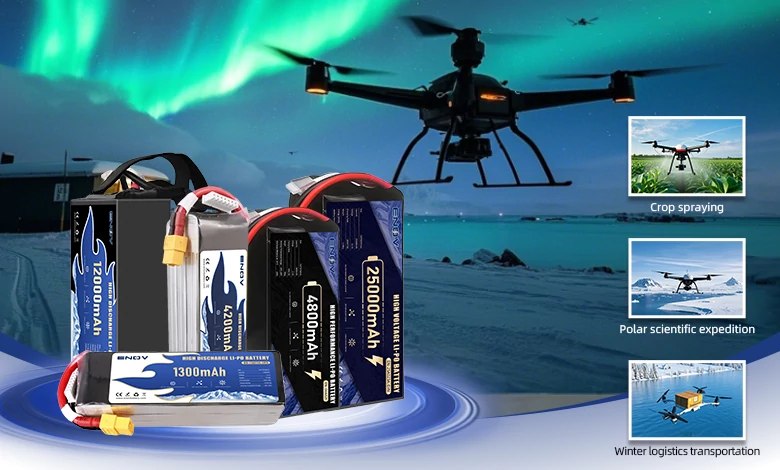
UAV DRONE battery
Enov UAV battery has the most advanced UAV battery new technology, it has a lightweight structural design, ultra-high energy density, stable continuous discharge, customized ultra-high instantaneous discharge, wide temperature working range, stable charge and discharge, battery materials can choose high nickel terpolymer positive/silicon carbon negative material system combined with semi-solid battery technology. Or choose a more mature application of more UAV lithium battery technology, available UAV battery nominal voltage 3.7V, capacity 18.0Ah ~ 30.0Ah, support 10C continuous discharge and 120C pulse discharge (3 seconds). With ultra-high energy density (220-300Wh/kg) as its core advantage, Enov UAV batteries can meet the needs of long-term endurance scenarios such as plant protection drones and transport drones, while maintaining stable emission performance in extremely low temperature environments (-40℃).
Other products
START-STOP LITHIUM BATTERY
LITHIUM ENERGY STORAGE BATTERY
QUICK INQUIRY
FAQ
Access to high frequency technical questions with one click, get accurate answers on product application, after-sales policy and customization process.
Service and Support
Get the latest product specifications, explore professional OEM/ODM customization services, click to open exclusive technical support and production solutions.
Become a Partner
We sincerely invite resources to interconnect, work together for win-win development, and immediately open a new chapter of strategic cooperation!
